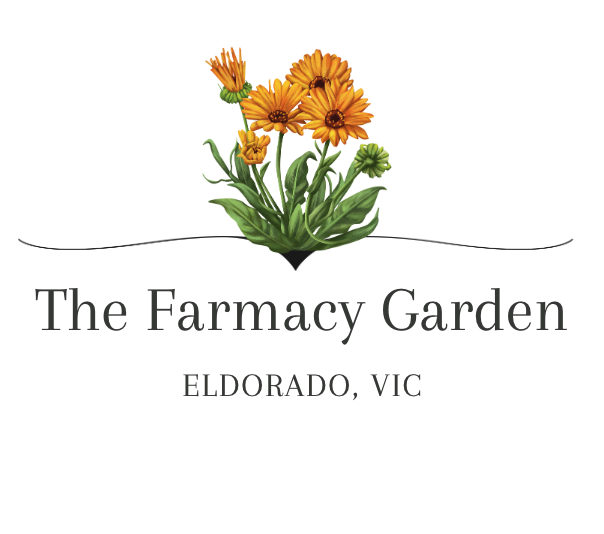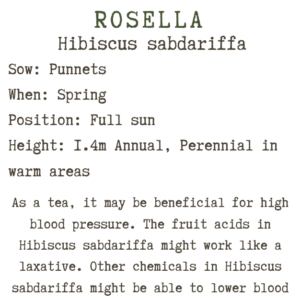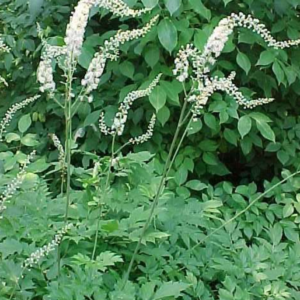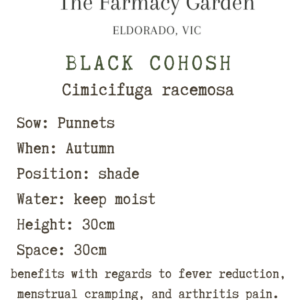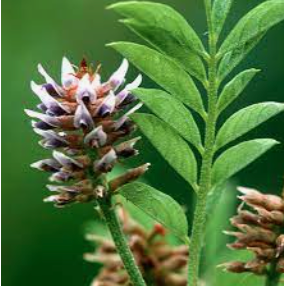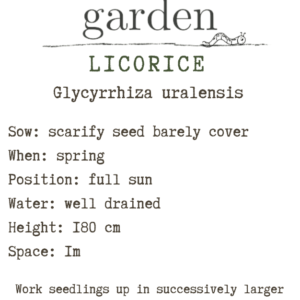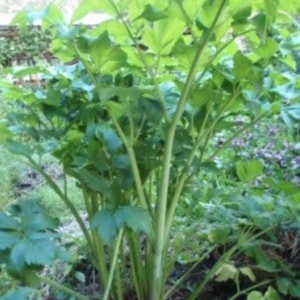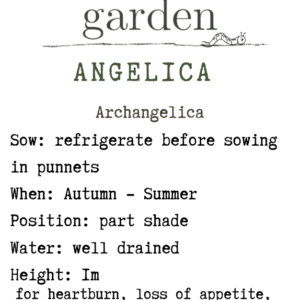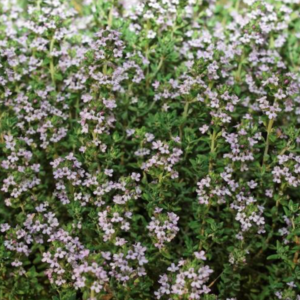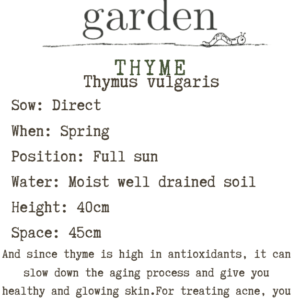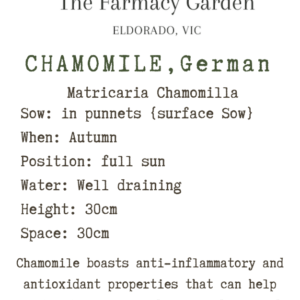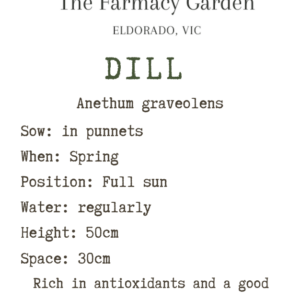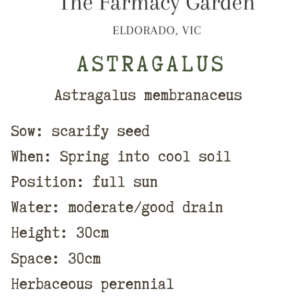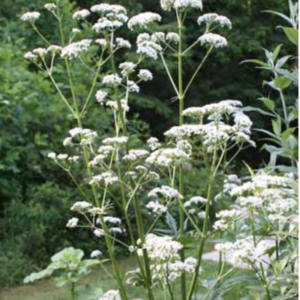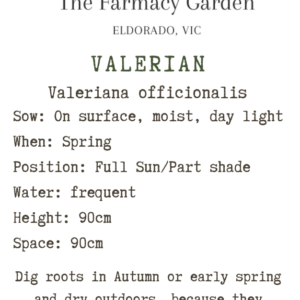Rosella Seed, Hibiscus sabdariffa
$4.50
Rosellas (also known as Hibiscus Sabdariffa) are a type of hibiscus growing wild across the top end of Australia on the fringes of rainforests and in the sand dunes.
Rosella was not originally native to Australia; they were introduced thousands of years ago from Africa. Nonetheless, the shiny red plum-like fruit were used by Indigenous Australians for generations as a form of nourishment and medicine, given their high antioxidant properties. Traditionally, the fibre from the bark was used to make dilli bags, twine and hunting nets.
Rosellas (also known as Hibiscus Sabdariffa) are a type of hibiscus growing wild across the top end of Australia on the fringes of rainforests and in the sand dunes.
Rosella was not originally native to Australia; they were introduced thousands of years ago from Africa. Nonetheless, the shiny red plum-like fruit were used by Indigenous Australians for generations as a form of nourishment and medicine, given their high antioxidant properties. Traditionally, the fibre from the bark was used to make dilli bags, twine and hunting nets.
GROW: Sow in early spring in tropical areas, rosellas need at least 5 months frost-free to bear. Rosellas need a very warm soil to germinate, preferably over 25°C. In southern areas of Australia this would be as late as October outside. Some years the soil might take even longer to warm up. So gardeners in cooler areas need to start seed indoors using a small bottom-heat unit, or the top of the water heater.
Planting Depth: Cover seed with 12 mm of fine soil.
Spacing: Plant several seeds 50 cm apart and thin seedlings to the strongest.
HARVEST: Rosella should be ready to harvest in approximately 180-200 days. Rosella leaves are ready to harvest when they are young and tender, and can be harvested as needed. Pinch or snip them from the plant, harvesting the outer ones and leaving some on the plant for future growth.
USE: the fleshy calyx is used in salads, jellies, cranberry-like sauces, jam and cordial, syrups and wine. Dried the red calyx is used for tea and it is an important ingredient in the commercial Red Zinger, Hibiscus and Fruit teas. The tea is very similar in flavour to rose-hips and high in vitamin C. Seeds are roasted and ground into flour. Young leaves can be steamed or stir-fried and are known as Red Sorrel in the Pacific.
Related products
Medicinal Herb Seeds
Flower Seeds
